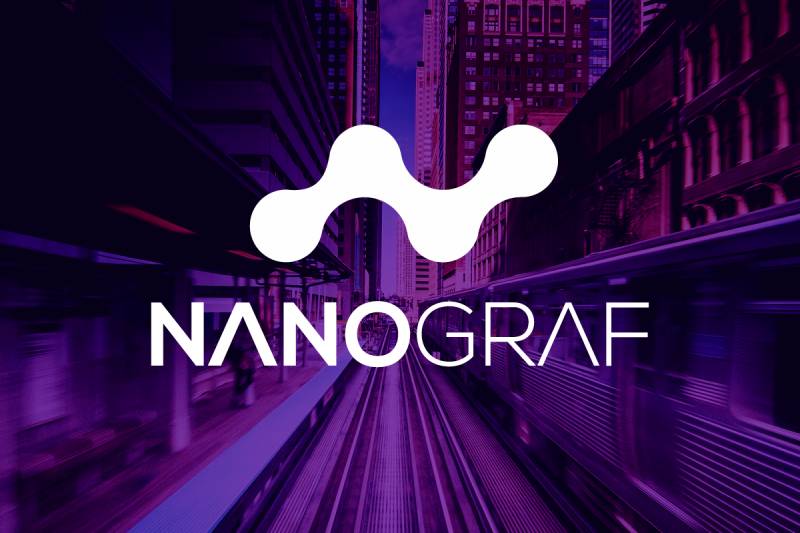Government-Funded Company Producing Minerals Used by the Military
A firm that specializes in high-performance batteries is about to open for business at a location close to Chicago’s central business area. The factory will power military radios and night-vision headsets, among other gadgets.
The U.S. government awarded NanoGraf $10 million to construct what it claims is the first large-scale silicon oxide production plant in the Midwest. Silicon oxide is a key component of a new, longer-lasting battery that will be utilized in electric cars and medical devices. This is a part of a larger push to increase domestic production of lithium-ion batteries in the United States as the nation seeks to compete with China, which dominates much of the global market.
According to NanoGraf, a crucial part of the batteries it is developing uses silicon rather than graphite. This is significant since China recently imposed additional export restrictions on graphite, sparking worries about a possible shortage for purchasers throughout the world.
Francis Wang, the CEO of NanoGraf, stated in an interview that “one of the things we’re proud of is that we’re building a facility here, and our silicon partially replaces graphite.” Thus, it somewhat resolves some of the possible concerns over resources like graphite that China may choose to withhold.
At a Dec. 1 ceremony held at the factory, Sen. Dick Durbin (D-Illinois) stated that the world is moving away from oil and toward batteries, which presents a chance for the third-largest U.S. city.
Accordingly, Durbin stated, “We’re going to dedicate our industrial machinery to try and develop the next generation of batteries.”
The West Loop district of Chicago will be the site of the company’s operational start in 2024, with a third-quarter manufacturing ramp. There are also R&D labs at the plant, which has already initiated pilot production. According to NanoGraf, the projected yearly production will enough to produce 24 million battery cells, which is more than enough to meet the needs of the US military. Up to 75% of the first production will go toward military use, with the remaining portion going toward high-end consumer goods and medical gadgets.


